
Basilica di San Francesco alla Rocca
A resilient Romanesque basilica in Viterbo, built in 1237, housing papal tombs and surviving medieval art after WWII destruction.
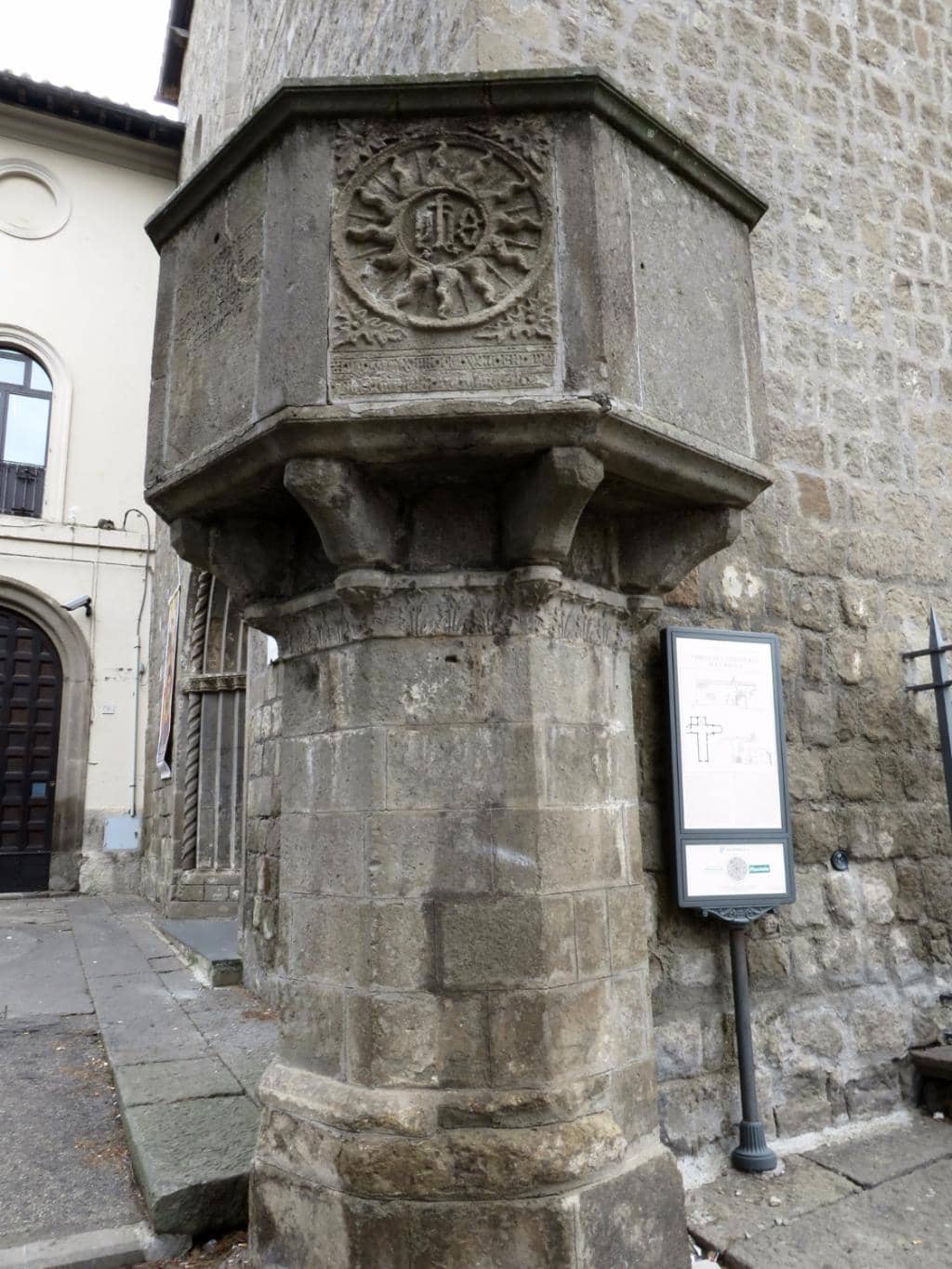
Highlights
Must-see attractions

Social
From TikTok & Reddit
Best Time
Fewer crowds, peaceful atmosphere

Basilica di San Francesco alla Rocca
Best Time
Fewer crowds, peaceful atmosphere

Highlights
Must-see attractions
A resilient Romanesque basilica in Viterbo, built in 1237, housing papal tombs and surviving medieval art after WWII destruction.
"A testament to history, this basilica holds significant papal tombs and ancient art, beautifully restored after wartime damage."
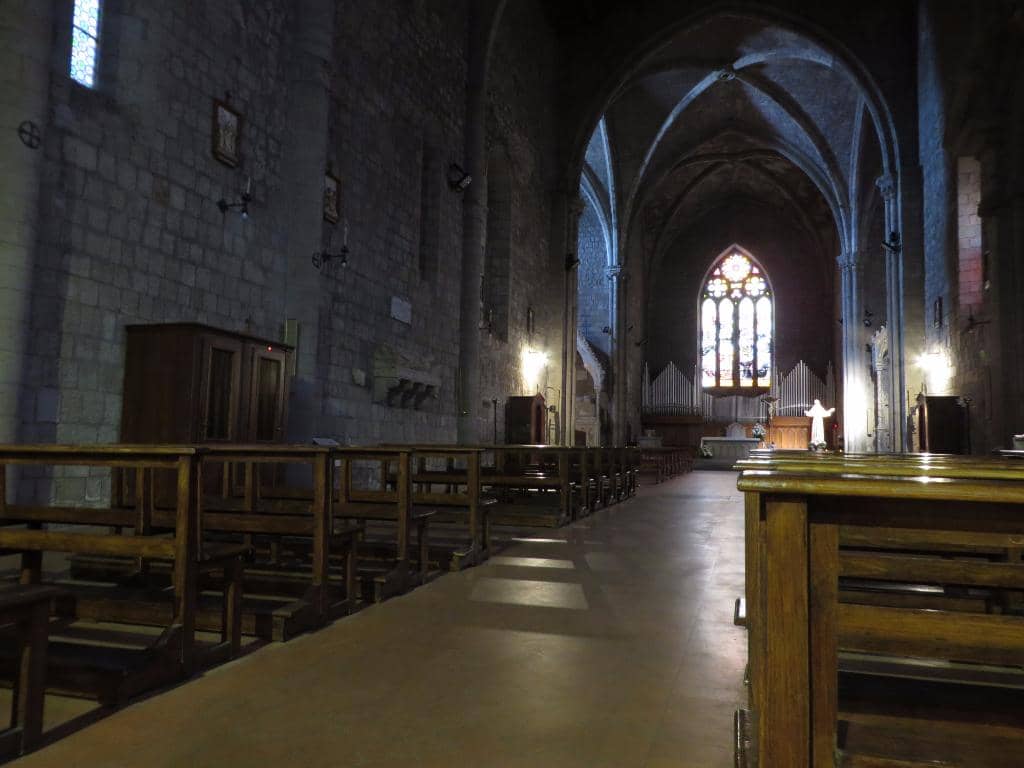
🕊️ Respectful Attire
Dress modestly when visiting this sacred site. Shoulders and knees should be covered.
🏛️ Check for Events
The basilica hosts religious ceremonies and events. Check schedules to avoid disruption or to experience local traditions.
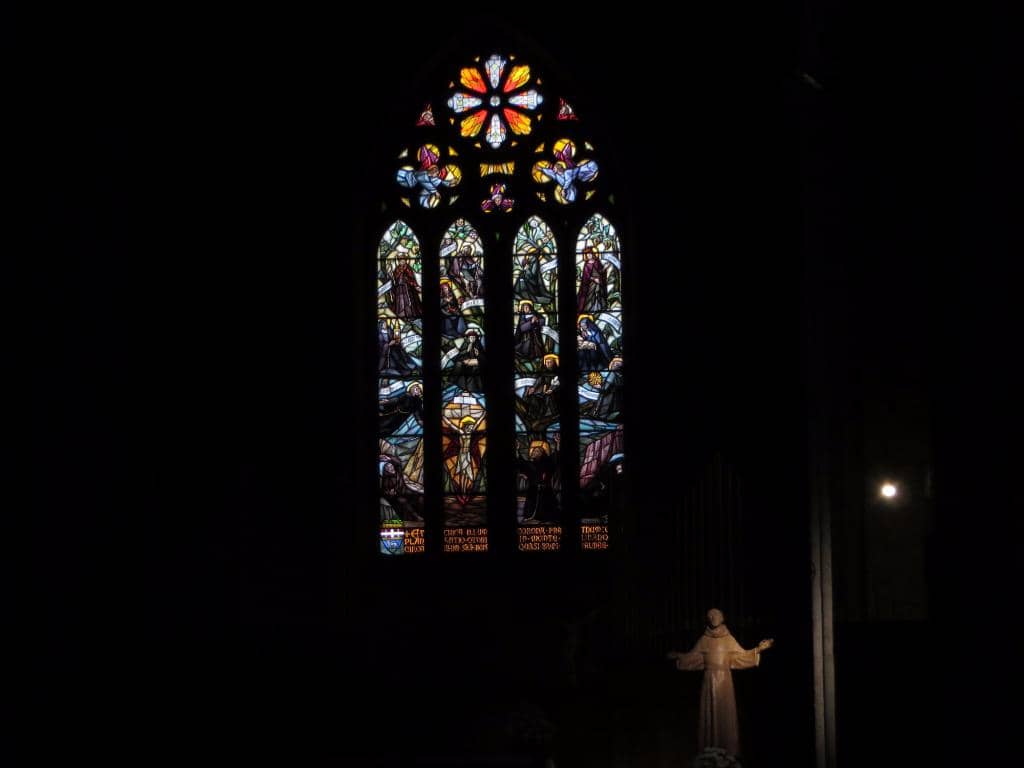
Highlights
Discover the most iconic attractions and experiences

Papal Tombs
Inside the Basilica
Marvel at the 13th-century funerary monuments of Pope Clement IV and Pope Adrian V, testaments to the basilica's historical importance.
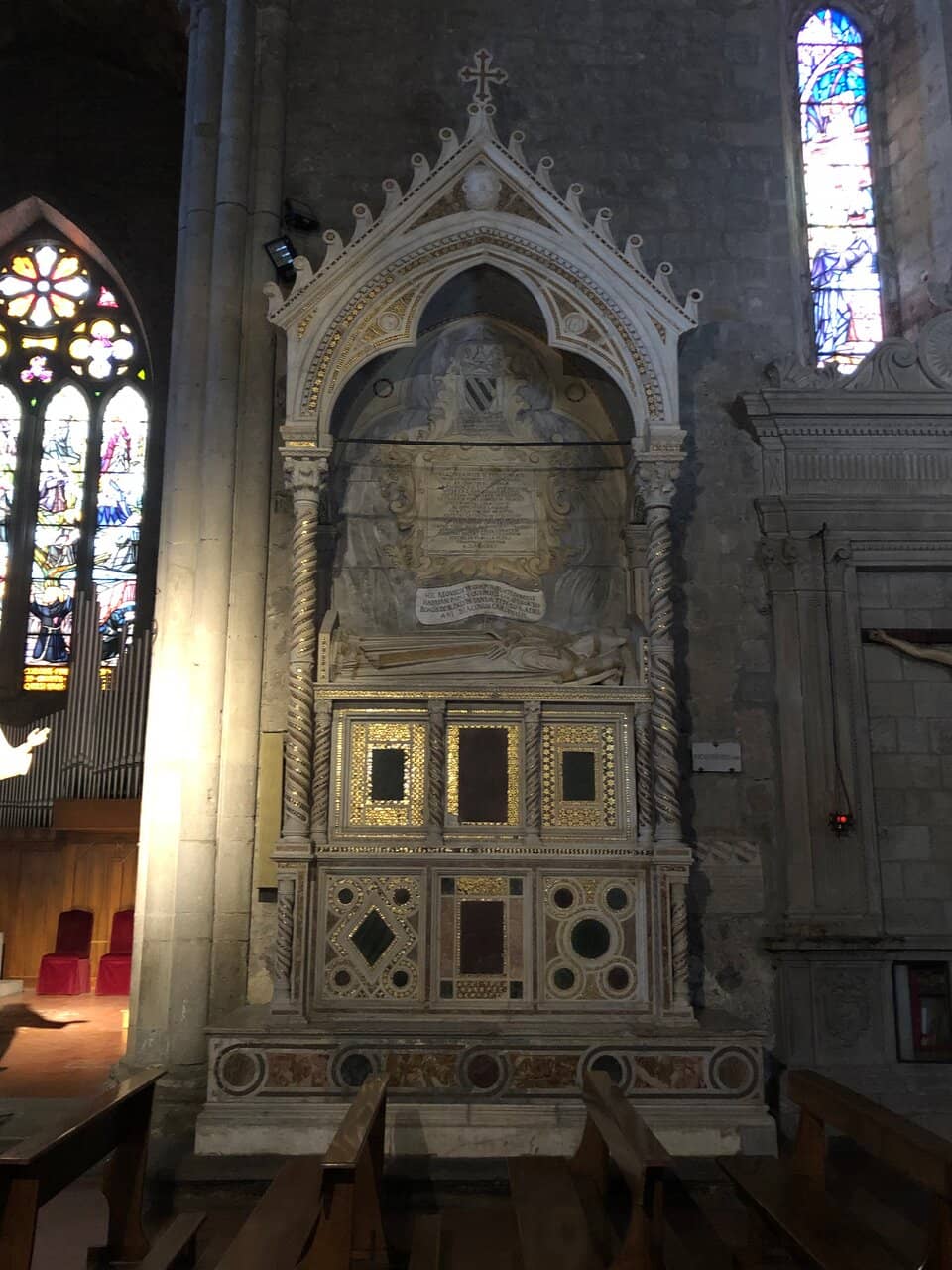
Hexagonal Pulpit
Outside, right corner
See the 1238 pulpit, a memorial to Bernardino of Siena's impactful preaching in Viterbo.
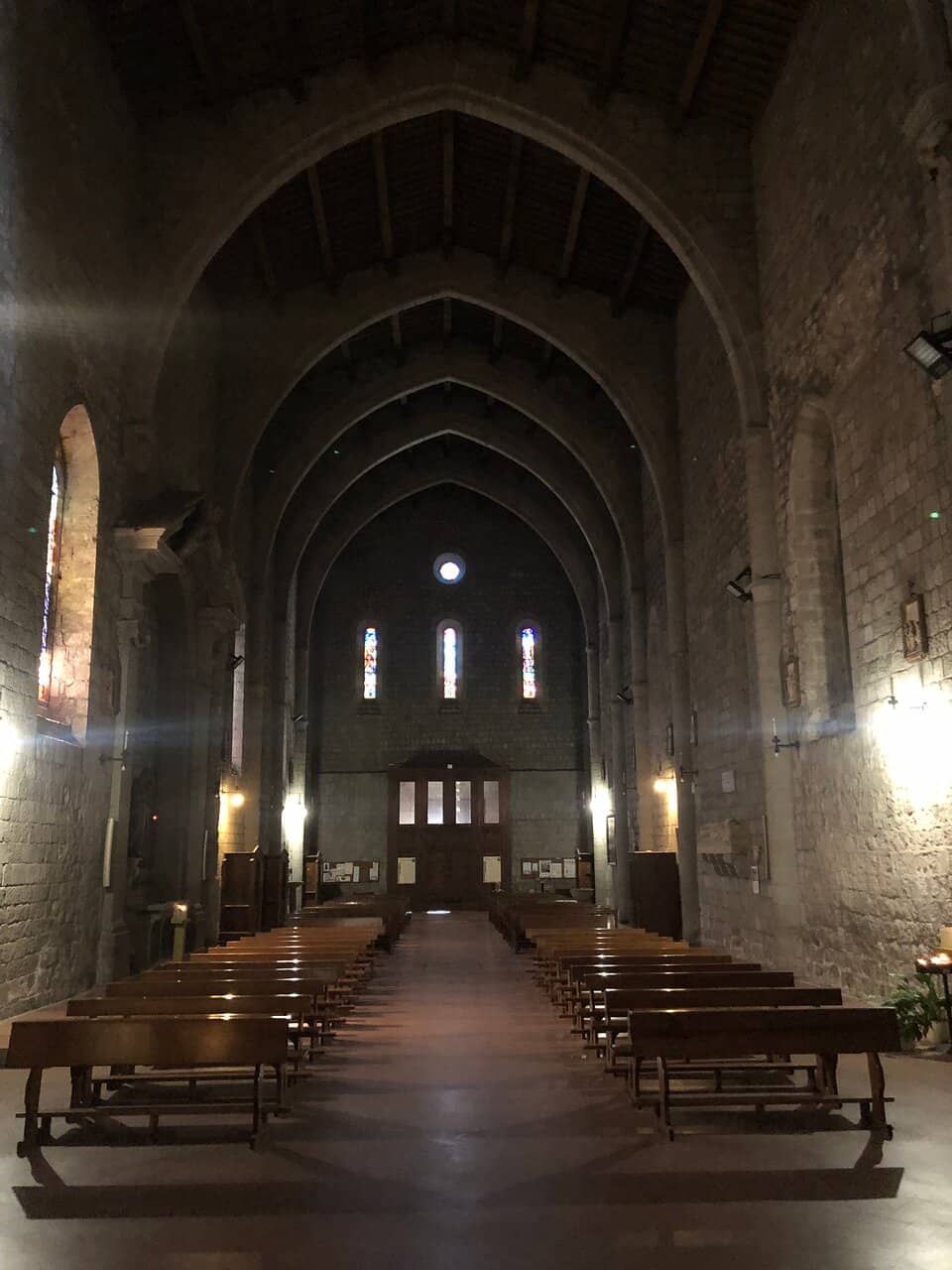
Bell Tower
Exterior
Admire the historic bell tower, featuring a bell cast in 1259, adding to the basilica's ancient charm.
Plans like a pro.
Thinks like you
Planning Your Visit
Plan Your Visit to San Francesco alla Rocca
Historical Significance & Art
Best Times
Insider Tips
from TikTok, Instagram & Reddit
🕊️ Respectful Attire
Dress modestly when visiting this sacred site. Shoulders and knees should be covered.
🏛️ Check for Events
The basilica hosts religious ceremonies and events. Check schedules to avoid disruption or to experience local traditions.
🖼️ Surviving Artworks
Look for surviving artworks like the Pietà and funerary monuments, even if some pieces are displayed elsewhere.
🚶♀️ Explore Surroundings
The area around the basilica offers historical insights and beautiful Viterbo views.
Tips
from all over the internet
🕊️ Respectful Attire
Dress modestly when visiting this sacred site. Shoulders and knees should be covered.
🏛️ Check for Events
The basilica hosts religious ceremonies and events. Check schedules to avoid disruption or to experience local traditions.
🖼️ Surviving Artworks
Look for surviving artworks like the Pietà and funerary monuments, even if some pieces are displayed elsewhere.
🚶♀️ Explore Surroundings
The area around the basilica offers historical insights and beautiful Viterbo views.
What Travellers Say
Reviews Summary
Visitors praise the Basilica di San Francesco alla Rocca for its significant historical importance, particularly its surviving papal tombs and ancient funerary monuments. The resilience of the structure, having been restored after WWII bombings, is also noted. Some visitors mention that certain artworks may have been relocated.
"It is built from 1237 on land donated by Pope Gregory IX to the Conventual Franciscan Order (OFMConv). Outside at the right side corner is a hexagonal pulpit (1238) as a memorial of Bernardino of Siena's preaching in Viterbo. The church has a bell tower with a bell from 1259.
The paintings of the ancient basilica were entirely frescoed (mostly by Antonio del Massaro) similarly to the Basilica of St. Francis in Assisi, most are lost when the church is partly destroyed by the Allied bombings on January 17, 1944. It is restored to its original Romanesque appearance and elevated as minor Basilica in 1949 but officially reopened in 1953.
Artworks which have survived include:
(1) Pietà by Tommaso Masini;
(2) baptismal font and a canvas of Madonna with Child and Saints by Monaldo Trofi;
(3) 1269 funerary monument of Pietro di Vico by Pietro Oderisi;
(4) 1270 funerary monument of Pope Clement IV (died 1268), by Pietro Oderisi;
(5) Gothic funerary monument of pope Adrian V (died 1276), attributed to Arnolfo di Cambio, with a rich Cosmatesque decoration;
(6) funerary statue, in peperino, of cardinal Vicedomino de Vicedominis; (7) the funerary monument of cardinal Marco of Viterbo (died in 1369);
(8) large funerary monument of cardinal Gerardo Landriani (died in 1445) (9) panel portraying Viterbo with Saints Antony of Padua and Rose of Viterbo (1572).
Inside the Church there is also the relics of St. Francis and St. Elizabeth of Hungary."
VICTOR MATEO
"The recent parochial minister are active and he interacts even after masses. We held my son baptism last month."
Rowena Montero
"Great palace its built from 1237y."
Ankush Maind
What People Like
What People Dislike
Frequently Asked Questions
🚇 🗺️ Getting There
The Basilica is located in Viterbo, Italy. You can reach Viterbo by train from Rome or other major cities. Once in Viterbo, the basilica is often accessible by foot from the city center or via local buses.
Parking in historic city centers like Viterbo can be challenging. Look for public parking lots outside the immediate vicinity of the basilica and be prepared for a short walk.
Yes, Viterbo is a popular day trip destination from Rome. You can easily combine a visit to the Basilica with exploring other historical sites in the city.
🎫 🎫 Tickets & Entry
Entry to the Basilica itself is generally free, as it is an active place of worship. However, there might be a small fee for specific exhibits or areas, like the illuminated crypt mentioned in Ravenna's San Francesco.
Opening hours can vary, especially due to religious services. It's best to check the official website or contact the local tourist office for the most up-to-date information before your visit.
Guided tours may be available, often through local Viterbo tourism offices or private tour operators. Inquire locally for options to enhance your understanding of the history and art.
Accessibility can be a concern in older buildings. While the main areas might be accessible, some historical sections or stairs could pose challenges. It's advisable to inquire about specific accessibility features beforehand.
🎫 🏛️ Onsite Experience
Key surviving artworks include the Pietà by Tommaso Masini, the baptismal font, and the funerary monuments of Popes Clement IV and Adrian V.
The hexagonal pulpit, dating back to 1238, serves as a memorial to the influential preaching of Bernardino of Siena in Viterbo.
The basilica is said to house relics of St. Francis and St. Elizabeth of Hungary, adding to its spiritual importance.
The basilica was significantly damaged by Allied bombings in 1944 but has since been restored to its original Romanesque appearance.
The bell tower with its 1259 bell and the surviving funerary monuments are notable features that contribute to the basilica's historical ambiance.
📸 📸 Photography
Photography rules can vary. Generally, non-flash photography for personal use is permitted, but it's always best to check for any posted signs or ask a church official.
The exterior architecture, the bell tower, and the hexagonal pulpit offer great photo opportunities. The surrounding Viterbo streets also provide charming backdrops.
Drone usage is typically restricted in and around religious sites and historic city centers due to privacy and safety concerns. Always check local regulations before flying a drone.
For Different Travelers
Tailored advice for your travel style
👨👩👧 Families with Kids
Consider framing the visit as a journey back in time, highlighting the stories of popes and saints. The hexagonal pulpit outside could be a point of interest, and the bell tower might spark curiosity. Keep the visit concise to maintain their attention.
🏛️ History Buffs & Art Enthusiasts
Delve into the basilica's resilience, learning about its near-total destruction during WWII and subsequent meticulous restoration. The surviving artworks, though fewer than originally present, provide invaluable insights into medieval and Renaissance artistic styles. Don't miss the chance to see the relics of St. Francis and St. Elizabeth of Hungary, adding a spiritual dimension to your historical exploration.
Deep Dives
In-depth insights and expert knowledge
A Glimpse into History: The Basilica's Past
Tragically, the basilica suffered significant damage during Allied bombings on January 17, 1944. Following the destruction, it underwent restoration to recapture its original Romanesque appearance. It was elevated to the status of a minor basilica in 1949 and officially reopened in 1953, symbolizing its resilience and enduring importance.
Despite the losses, several significant artworks and funerary monuments have survived, offering a tangible connection to its past. These include papal tombs and memorial structures, making the basilica a crucial site for understanding medieval art and history in the region.
Artistic Treasures: Surviving Masterpieces
The basilica is particularly renowned for its collection of 13th-century funerary monuments. These include the tomb of Pietro di Vico by Pietro Oderisi (1269), the tomb of Pope Clement IV by Pietro Oderisi (1270), and the Gothic tomb of Pope Adrian V, attributed to Arnolfo di Cambio, noted for its intricate Cosmatesque decoration. The funerary statue of cardinal Vicedomino de Vicedominis and the monument of cardinal Marco of Viterbo also contribute to the basilica's historical gravitas.
Other notable surviving works include the large funerary monument of cardinal Gerardo Landriani (died 1445) and a panel portraying Viterbo with Saints Antony of Padua and Rose of Viterbo (1572). These pieces, along with the relics of St. Francis and St. Elizabeth of Hungary, make the basilica a significant destination for art and history enthusiasts.

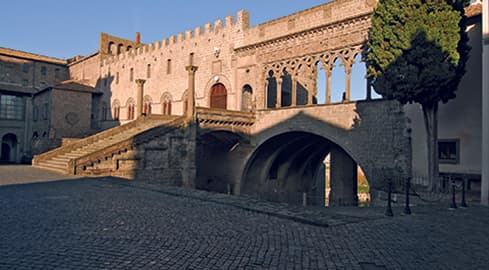


Social
from TikTok, Instagram & Reddit